Table of Contents
ToggleIntroduction
Software development is a complex process. Building software involves several tasks that are simplified with the help of programming languages, development frameworks, and other tools and processes. When Yukihiro Matsumoto created Ruby programming in the early 90s, his sole aim was to make development an enjoyable process for programmers. In this blog, we will look at the top Ruby frameworks that simplify development and facilitate versatile, resilient, and efficient app building.
Ruby Programming Language
Ruby is a simple programming language created by the Japanese computer scientist and software programmer Yukihiro Matsumoto, also known as Matz. Currently, 749,597 live websites use Ruby globally. Ruby is a blend of Perl, Smalltalk, Eiffel, Ada, and Lisp. It has an easy script and is an object-oriented programming language.
Ruby 3.2.3 is the latest version, released on 18 January 2024. RubyGems is a central library management system that manages Ruby’s libraries and packages. The Ruby language became quite popular after the web framework Ruby on Rails was released in 2004.
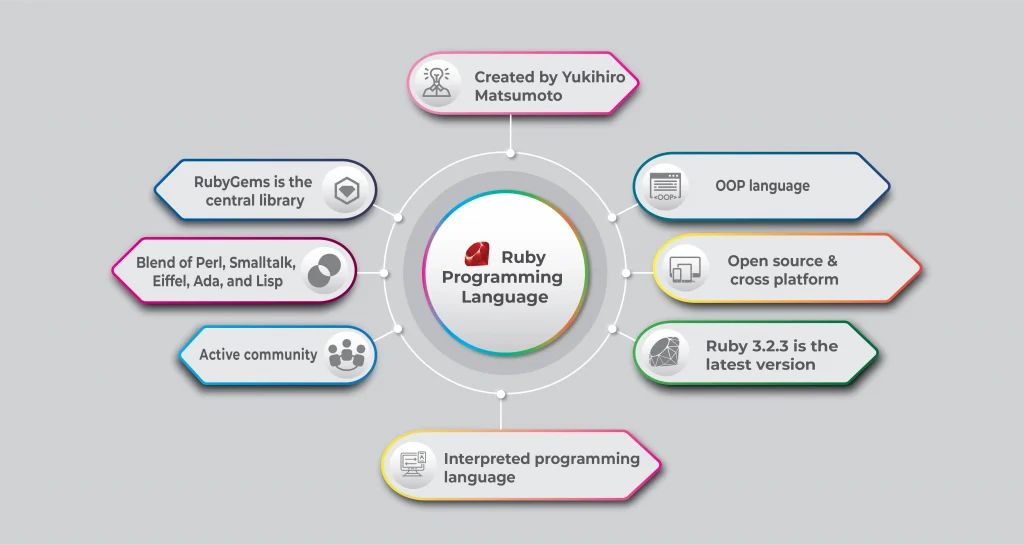
Ruby is an open source and cross platform, and offers built-in support for object-oriented programming (OOP). It is an interpreted programming language that can be easily installed and run on different versions within the same workstation. Ruby’s active community of developers and user groups, and a vast library of libraries and frameworks to help develop scalable web applications.
Top Ruby Frameworks in 2024
- Ruby on Rails
- Sinatra
- Hanami
- Padrino
- Ramaze
- Cuba
- Camping
- NYNY
- Goliath
- Grape
- Scorched
- Roda
- Volt

Don't miss out on your chance to work with the best
apply for top global job opportunities today!
Must Read: Top PHP Frameworks in 2023
Ruby on Rails
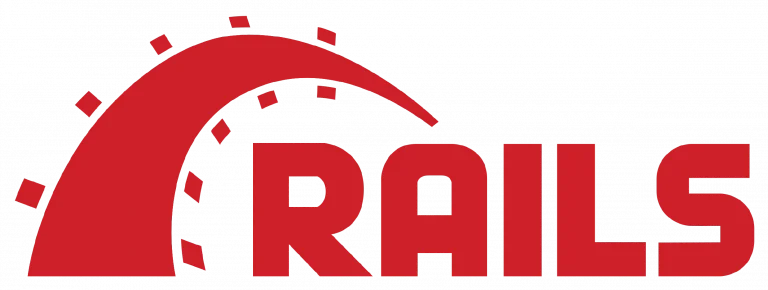
Ruby on Rails, popularly known as Rails, is a full-stack web framework that facilitates sustainable productivity. It was created by David Heinemeier Hansson and first released as open source in July 2004. Rails is an MVC framework that divides applications into three layers: Model, View, and Controller, each with a specific responsibility. While using Rails, you can learn what you need to get started and then keep upgrading your knowledge as you go. Stack Overflow’s 2023 Developer Survey ranks Ruby on Rails in the top 20 web frameworks and technologies used by professional developers. The latest version, Rails 7.1.3, was released in January 2024.

Features of Ruby on Rails
- MVC architecture
- Built-in testing
- Active records
- Active controllers
- Convention over configuration
- MetaProgramming
- Scaffolding
Sinatra

One of the best alternatives to Rails, Sinatra is a Ruby framework with DSL that allows app development with minimal effort. Sinatra does not have an MVC pattern but a component-driven architecture that makes development more flexible. It is a lightweight Ruby microframework that helps build fully functional modern web applications with a single file and minimal source code.

Features of Sinatra
- Open source
- Cross platform
- Unbiased and simple
- Lightweight
Hanami
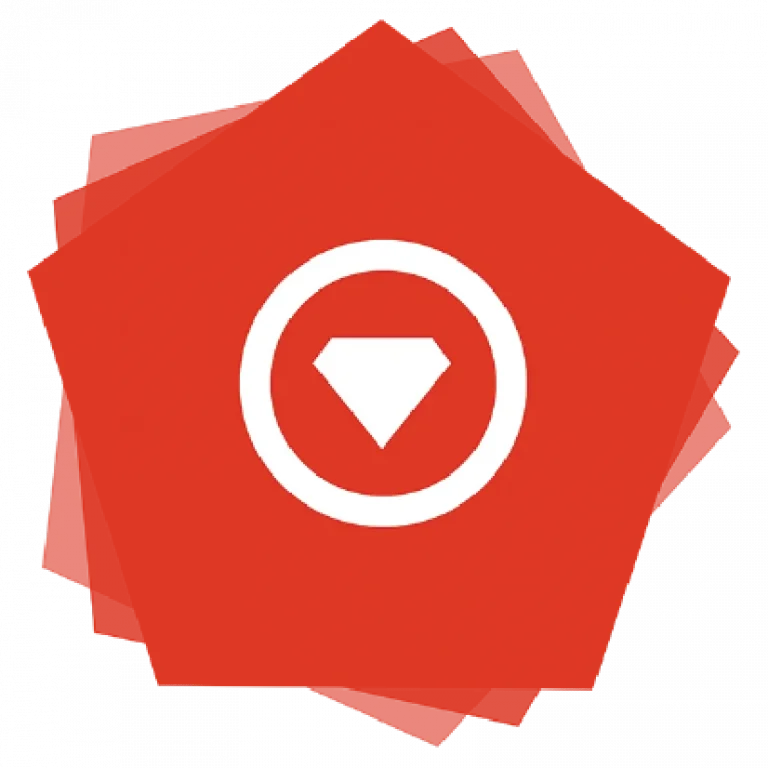
It is a new, batteries-included framework that comes with the necessary features and libraries that make the framework faster than Rails. Although it is based on an MVC architecture, it does not force developers to follow any specific practices. You can use Hanami to develop lightweight apps that consume less memory than other Ruby web frameworks. In addition, its source code provides faster response times. Hanami also has built-in support for security measures and preserves the web browser’s content policy.

Features of Hanami
- Consumes less memory
- Batteries-included
- Faster response times
- Built-in security support
Padrino
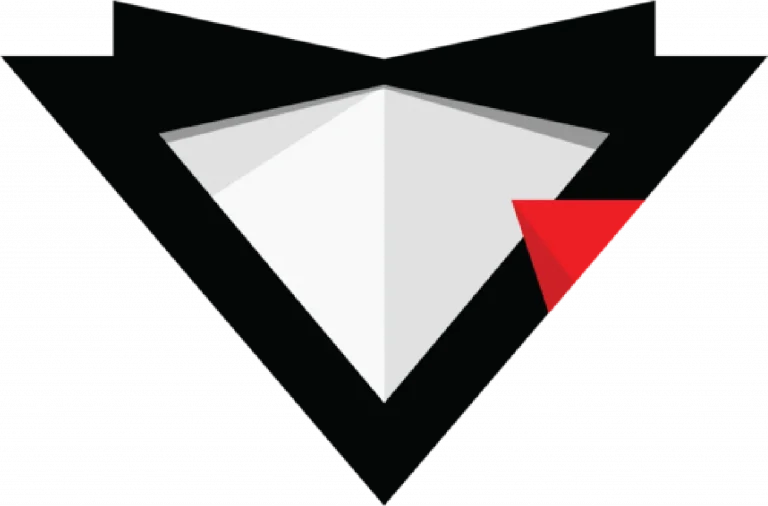
It is a full-featured web framework built on Sinatra. It is comparatively new but is used by developers as it is easy to learn, flexible, simple, and modular. Padrino is often used for big projects that demand developer flexibility and unique features. The framework is faster than other popular frameworks because of its low memory usage. Padrino has a simple code that is easy to maintain and enhance. With each new project generation, a clean and compact directory structure is created, which keeps the code simple and well–organized.

Features of Padrino
- Built on Sinatra
- Lightweight
- Clean and compact
- Comprehensive
Ramaze
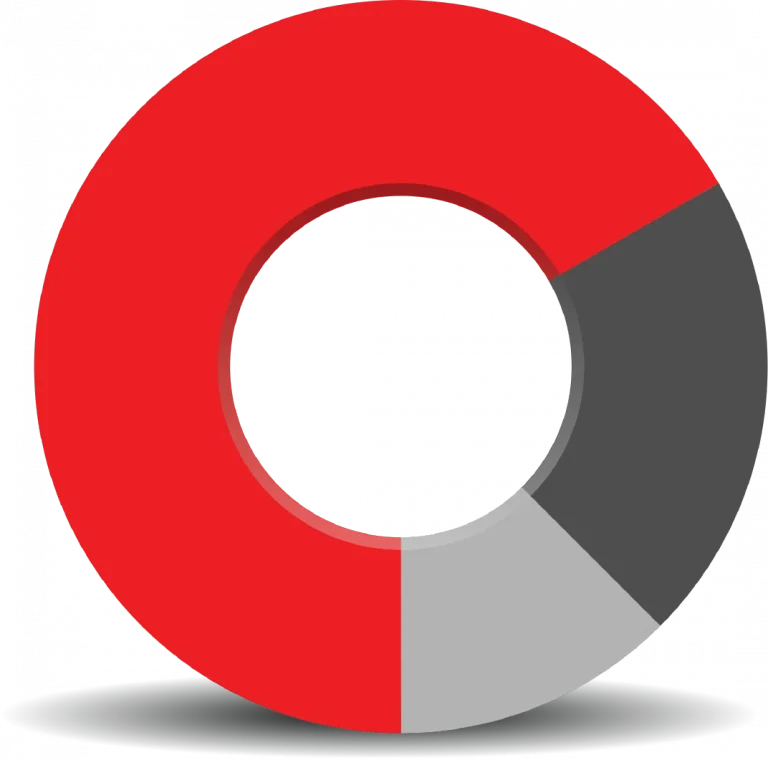
It is a lightweight Ruby web framework with a steady learning curve. It is known for being bug-free and runs on a philosophy that is a mix of KISS and POLS. Ramaze is a great solution for projects where developers need to be in charge of their code. Ramaze is free software and is licensed under the MIT license. It can run on MRI, 1.9, Rubinus and JRuby. It operates with any ORM and database toolkit.

Features of Ramaze
- Simple interface
- Fast and bug-free
- Template engines
- WEBrick
- ORM Compatibility
Cuba
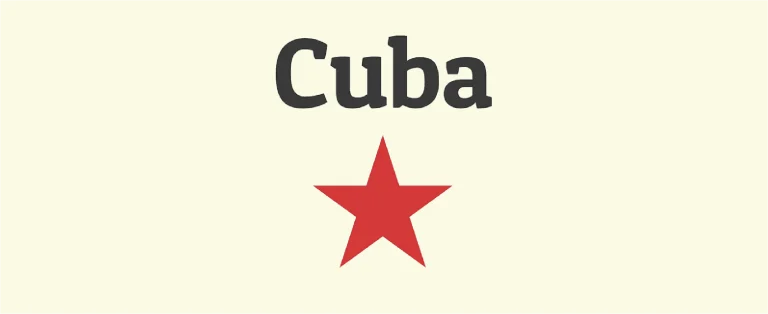
CUBA platform is a microframework for web applications. It allows developers to build multi-tiered applications with distinct client, middle, and database tiers. Cuba integrates many templates via Tilt and testing via Cutest and Capybara. Although it may be small, it maps Rack applications powerfully. It has a low overhead, so it is close to Rack. It can be best used by developers who want full control over their entire stack, as it allows the addition of gems and complexity as needed. Also, it is a great choice for small endpoints where speed matters.

Features of Cuba
- Small but powerful
- Integrates many templates
- Helps build applications with multiple tiers
- Offers full control to developers
Camping

With a source code of less than 4KB, Camping is the smallest Ruby framework known online, but it has equal capabilities. It is an open-source Ruby web framework with a big community. Camping is a RubyGem and can be found on GitHub. It needs the Rack interface to be employed on projects. When using Camping, you can convert an entire application into one file and structure it into an MVC framework.

Features of Camping
- Efficient
- Community Support
- Structured Development
- Small but fast
NYNY

NYNY is a framework that contains the main things required for app development. Its source code can be modified by developers as per the project requirements. Since every NYNY app is a Rack middleware, you can use it inside of Sinatra, Rails, or any other Rack-based app. NYNY has features that help create apps smoothly.

Features of NYNY
- Smooth development
- Smart application
- Feature-rich
- Easy to interact
Goliath
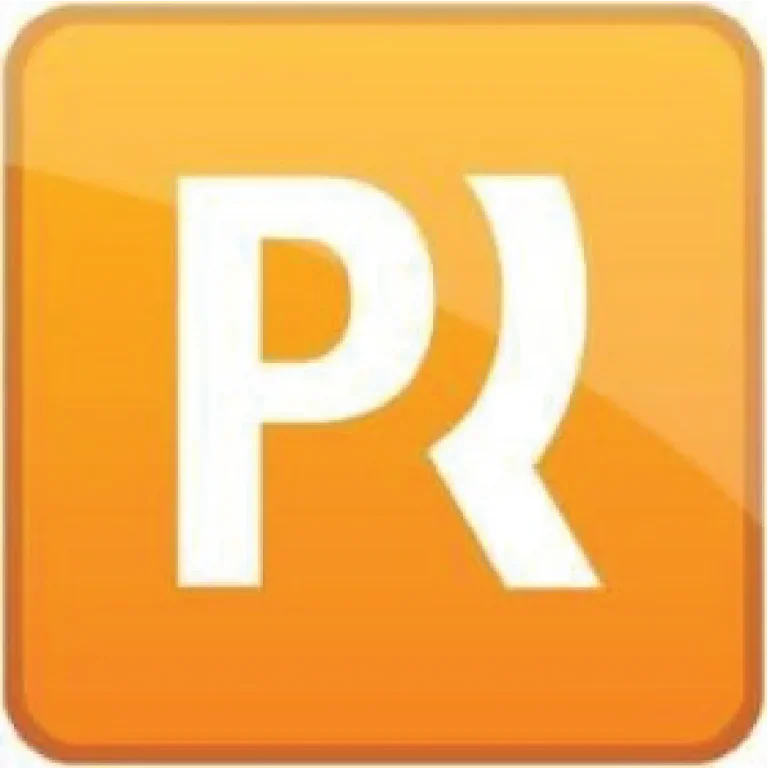
It is known as the best choice if you are looking for an asynchronous Ruby web framework. Ruby Fiber helps process all requests to the Goliath Ruby framework. With Goliath, it is possible for developers to remove the layers of operators as they have access to individual servers. Goliath has a set rack API for faster and easier HTTP requests and responses while creating impressive interfaces. It also has features that save frameworks for months without memory leaks or loss.

Features of Goliath
- Secure
- Simple routing
- Individual servers
- Easy to understand
- Dedicated request channel
Scorched

Scorched is a lightweight web framework that takes inspiration from Sinatra. It is generic and unopinionated and runs on the DRY principle. Scorched is often known as an evolved version of Sinatra. It comes with a powerful set of constructs to help you process HTTP requests. This helps you build websites and applications of almost any scale.

Features of Scorched
- Simple yet thoughtful design
- Lightweight
- Open-ended framework
- Robust and definite structure
Roda

Roda offers routing tree web tools that allow developers to perform requests at any routing point. This Ruby framework has a flexible structure that helps developers build scalable apps. Compared to other Ruby frameworks, Roda uses less starting memory and handles more requests per second. It has yet to find its way into the developer community when compared to Rails, Camping, and Sinatra.

Features of Roda
- Flexible architecture
- Build on Rack
- Readable APIs and plugins
- Secure and simple
- Streaming views and assets
Grape
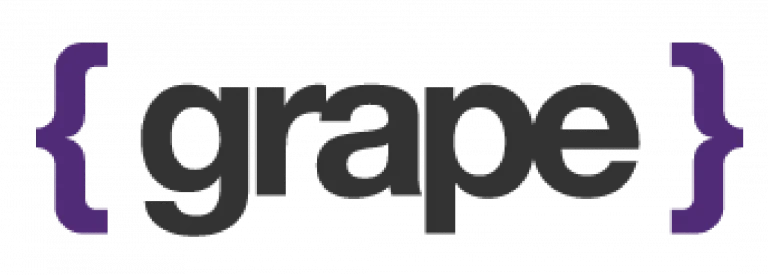
It is a microframework that can be used with existing web application frameworks such as Sinatra or Rails with the help of the DSL-based REST-API for communication. Also, Grape can also be run on top of Rack.
Grape comes with built-in support for subdomain/prefix restriction, multiple formats, content negotiation, versioning and more.
Features of Grape
- Easy syntax that delivers RESTful endpoints
- Support for various formats, including JSON and XML
- Integration with other Ruby web frameworks
- Automatic generation of API documentation
- Flexible validation and coercion of input parameters
- Built-in response generation and error handling
Volt
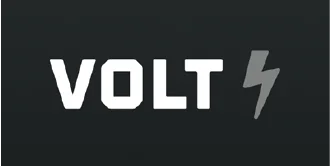
It is a new Ruby application framework focused on speed, as it can run the Ruby code both on the server and the client interface. Volt can manage backend and frontend as both functionalities are integrated into its core.
Instead of HTTP, Volt is known to emphasize a persistent communication network when communicating between the server and the client. The Volt code has built-in synchronization mechanisms, which update data on multiple clients, servers, and databases when there is a change in any one of the clients.
Features of Volt
- Helps build data-rich applications
- Allows creation of dynamic applications
- Has a real-time feature that allows instant changes to all clients
- Has backend and frontend functionalities integrated
Take control of your career and land your dream job
sign up with us now and start applying for the best opportunities!

Conclusion
Ruby is a robust scripting language for web application development. It has a vast library of toolkits and frameworks that help build a range of applications. While Rails is the most used Ruby framework, there are quite a few other Ruby frameworks that help build scalable apps while encouraging a productive output. As a developer, you should consider the project requirements and then choose a suitable framework.
Frequently Asked Questions
Ruby is a high-level, interpreted programming language that supports multiple programming paradigms.
Development frameworks are used because they have everything needed to create applications quickly and efficiently. For example, Ruby on Rails is used to create database-backed web applications using the MVC architecture.
Ruby on Rails is the most popular Ruby framework for web development.
Ruby on Rails is compatible with macOS, Linux, Windows, virtual machines, and cloud images.

